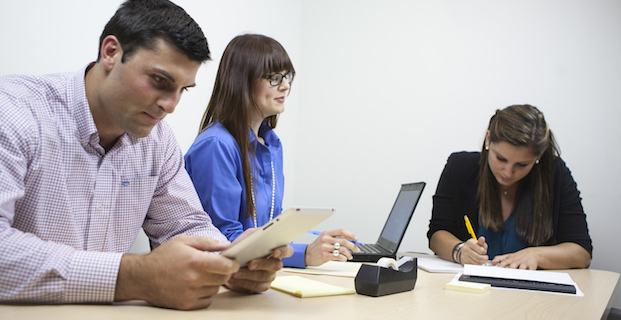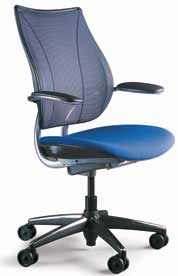How to Prevent Carpal Tunnel Syndrome
Carpal Tunnel Can Strike All of Us… Even You
For nearly 20 years, I owned a business that relied heavily on my two hands. I cleaned and reconditioned boats. Waxing and scrubbing, holding vibrating sanders, mops, buckets and rags and climbing all over 25-to-65-foot motor yachts and sailboats. It was exhausting. Eventually, I could barely open my hands. If I didn’t stop, carpal tunnel and arthritis would leave me with constant pain and little use in my hands.
I had to quit that business. I wasn’t going to become crippled for any amount of money.

Advice from a Keyboard Junkie
Now I sit at a computer for hours on end, hands poised on the keyboard and fingers moving very little as they fly over the keys. Some days, my hands ache. But I’m doing everything I can to prevent carpal tunnel syndrome from developing. Because of the research I’ve done and the steps I follow, the pain never lingers. So if you find yourself in a similar situation, take my advice and take these steps, which are based on thorough, reliable research:
- I set up my desk and work station to conform to my body’s needs. My chair is adjustable, with movable arm rests so I can change the angle at which my hands reach the keyboard and change up the pressure points. Some days my elbows rest on the armrests, other days they hang free and I rest my wrists on the wrist-rest attached to my keyboard.
- I use an ergonomic keyboard that’s split so that my fingers hit the keys in a very natural position. The keyboard tray is low because I’m short. It pulls out from below my desk. Everything about my arms and hands feels natural, even when I’m working the mouse, which I use constantly while researching. My mouse pad has a nice, cushy wrist support too.
- I type with easy taps. I make sure my keys are loose and respond instantly to a light touch. The Mayo Clinic reports that striking keys with force creates additional, unnecessary pressure that, over time, can lead to carpal tunnel syndrome.
- I take a lot of breaks. At least once every hour, I get up from my desk and get a glass of water, walk around the office, check the mail or go to the bathroom. While up, I stretch my fingers and my wrists. I move them to work out any kinks. Making a fist and opening my hands wide four or five times does wonders. When short breaks don’t relieve any beginning signs of pain, I do something different, like make phone calls, read or write to-do lists with pen and paper.
- I pay attention to my posture and straighten my spine when I start hunching over. When your neck and shoulders slump forward, that cuts off the nerves that feed fresh blood down your arms to your hands. It helps that we have a spine specialist and a pain management practice as clients, because I’m constantly reminded of the importance of proper posture.
About Carpal Tunnel Syndrome
 The main cause of carpal tunnel syndrome, a condition that causes hand and arm numbness and tingling, is pinched nerves. Weakness and the inability to hold objects is another symptom that could signal the onset of the condition. Treatment may consist of:
The main cause of carpal tunnel syndrome, a condition that causes hand and arm numbness and tingling, is pinched nerves. Weakness and the inability to hold objects is another symptom that could signal the onset of the condition. Treatment may consist of:
- Wrist splints
- NSAIDs (non-steroidal anti-inflammatory drugs), like ibuprofen
- Steroid injections
- Ultrasound therapy
- Physical or occupational therapy
- Endoscopic or open surgery
But the best treatment for carpal tunnel is prevention. After a lifetime, my favorite jobs — those that I’m good at and give me the most pleasure — involve my hands. So I want to take care of them. As a professional writer, it behooves me to follow my own advice, something I’m not always ready to do. As one of the partners at Ray Access, I both want and need to take care of my hands. They are the tools from which my creativity and my soul flow through.
Ray Access is a content marketing firm that delivers targeted words to empower your business. Contact us about your specific project to receive a quote or discuss your needs. We write website copy, blog posts, e-newsletters and more. Everything we do is thoroughly researched, professionally edited and guaranteed original.


 1. Buy a Good Chair
1. Buy a Good Chair 5. Rise to the Occasion
5. Rise to the Occasion